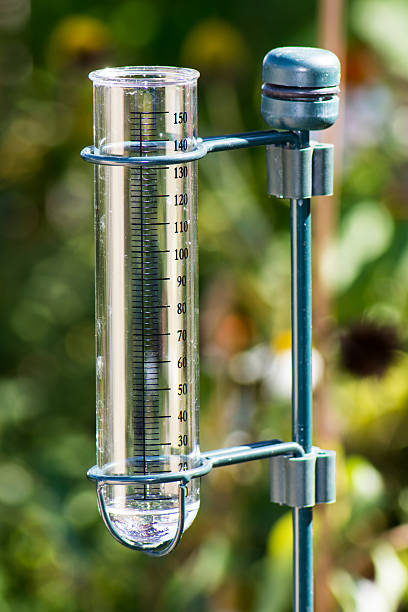The Rain Gauge: Crucial Details and Best Practices for Weather Condition Lovers
The Rain Gauge: Crucial Details and Best Practices for Weather Condition Lovers
Blog Article
DIY Rainfall Gauge: Basic Steps to Make Your Own
Producing your very own DIY rain gauge is a efficient and basic means to tape and gauge precipitation. With just a couple of usual products and some standard steps, you can conveniently construct your own rainfall scale at home. Allow's obtain begun on making your DIY rain gauge today!
Gather Materials
To start building your Do it yourself rain scale, gather all the necessary products utilizing a detailed list of products. Having the best products on hand will make sure the successful development of your rain gauge and permit for exact measurements of rainfall. Collecting these materials in advance will certainly improve the building and construction process and make certain that you have whatever you require to create your own Do it yourself rainfall scale.
Prepare the Container

Mark the Dimension Increments
To properly determine the quantity of rainfall, precisely marking the dimension increments on your DIY rainfall scale is necessary. Without precise and clear markings, it would certainly be difficult to establish the precise quantity of rainfall gathered in your rainfall scale. Right here are the steps to note the measurement increments on your rainfall gauge.
First, pick the unit of dimension that you want to make use of. One of the most typical units for gauging rainfall are inches and millimeters. When you have selected the unit, make use of a permanent pen or water resistant paint to note the increments on the side of your rain scale. For inches, you can mark every quarter inch or every half inch, depending upon your choice. For millimeters, you can note every 10 millimeters or every 20 millimeters.
When marking the increments, it is essential to guarantee that they are equally spaced and plainly visible. Make use of a ruler or determining tape to make certain accuracy and consistency. In addition, make certain that the markings are resistant to fading or abrading, as direct exposure to the elements may create them to deteriorate gradually.
Area the Rain Gauge Outdoors
The rain Homepage gauge need to be placed outdoors to accurately gather rains information. The location chosen for the rain gauge must be free and open from any type of obstructions that might possibly influence the measurement of rainfall. It is essential to discover an area that is not blocked by trees, buildings, or various other structures that could block the rain from reaching the gauge. This will guarantee that the gathered information is rep of the real rainfall in the location.
Additionally, it is critical to place the rainfall gauge on a stable surface area, such as a degree ground or a check these guys out strong article. This will avoid any activity or tilting of the scale, which might cause unreliable measurements. It is also advisable to stay clear of positioning the gauge near any kind of sources of fabricated water, such as sprinklers or water drainage systems, as this might conflict with the accuracy of the dimensions.
Monitor and Document Rain Data
Routine monitoring and recording of rains information is necessary for precise information evaluation and interpretation. By monitoring rainfall measurements, you can obtain useful insights right into weather condition patterns, environment trends, and water source management. To properly keep track of and videotape rains information, it is vital to establish a regular and maintain regular methods.
To start with, make sure that your rain scale is placed in an open area far from obstacles such as trees or structures that may obstruct rains. Additionally, make certain the rain gauge is degree and safely secured to avoid any type of movement that might influence the accuracy of the dimensions.

When recording the rainfall information, it is essential to note the date and time of each measurement. Utilize a ruler or a gauging adhere to identify the rains deepness in the rainfall gauge, and document this details properly.
To ensure the accuracy of the measurements, it is suggested to empty the rain gauge after each recording. This will prevent any overflow or evaporation from affecting subsequent dimensions.
Final Thought
To conclude, creating a DIY rainfall scale is a practical and straightforward method to keep an eye on and tape-record rainfall information (The Rain Gauge). By complying with the actions detailed in this short article, you can easily collect materials, prepare the container, note the measurement increments, and place the rainfall gauge outdoors. Regularly monitoring and recording rainfall data can supply important details for different objectives
Having the ideal products on hand will make certain the successful production of your rainfall scale and enable for exact dimensions of rainfall.To properly measure the quantity of rains, see here now properly noting the measurement increments on your Do it yourself rain scale is necessary.The rain scale ought to be positioned outdoors to accurately gather rainfall information. The place chosen for the rainfall scale ought to be open and complimentary from any obstructions that could potentially impact the measurement of rainfall.In conclusion, creating a DIY rainfall scale is a practical and easy method to monitor and tape-record rains information.
Report this page